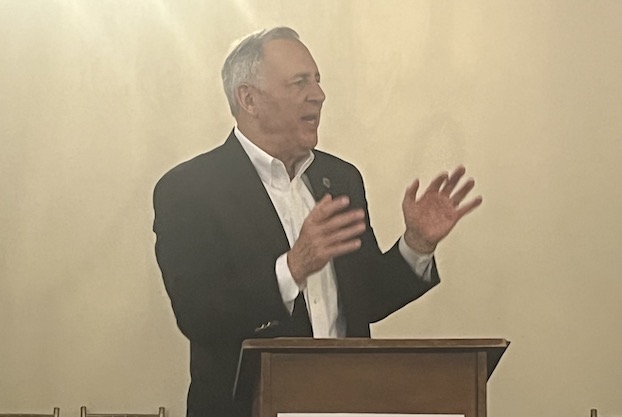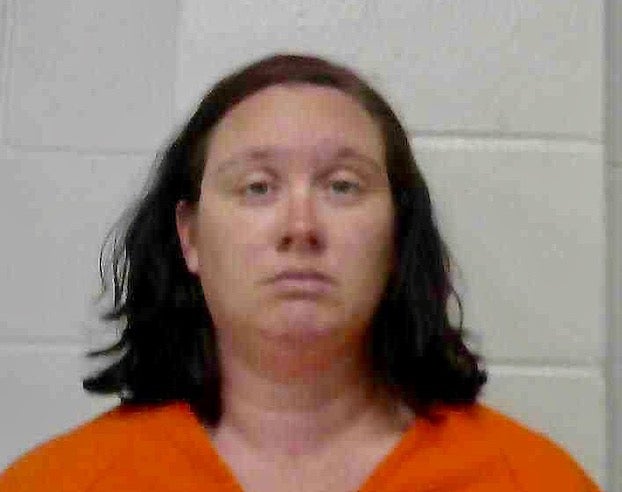Population changes will likely result in reapportionment changes for Jennings council districts
Published 1:33 pm Friday, April 14, 2023

- Jennings City Hall
The city of Jennings will most likely see reapportionment changes in all five of its City Council districts due to population changes resulting from the 2020 census, according to Mike Hefner, a demographer with Geographic Panning and Demographic Services.
In addressing the City Council this week, Hefner said the city is in charge of redistricting its districts every 10 years when the U.S. census is completed.
“Every 10 years after the census is taken, you have to take a look at your election districts to see if you are equal in population,” Hefner said. “Each of your districts have to represent approximately the same number of people, so each of you have the same weight on the council as far as the number of people you represent.”
Trending
The changes are based on the 2020 census, which shows a decrease in the city’s population from 10,366 in 2010 to 9,730 in 2020 – a loss of over 630 people.
The first step is to calculate the current districts using a total population based on 9,835 people and readjust the boundaries by removing or adding people to each district, he said.
“If you took 9,835 people that responded and were counted in the 2020 census and divide by five districts, each district should have around 1,967 people,” Hefner said, noting that each district must be within plus or minus 5 percent deviation of the ideal district population.
“If any district is outside a plus or minus 5 percent of the ideal population of 1,967 persons, then redistricting is necessary to rebalance the election districts among each other,” he said. “Since the determination has shown that all five districts are outside the allowable deviation range, then redistricting must take place.”
In comparing the census data with the ideal population for each district, Hefner said District A has 1,860 people, which is107 people below average, or 5.4 percent on the low side of the ideal population. District B has 2,119 people, which is 152 people, or 7.7 percent above the ideal population.,
District C has 2,214 people, which is 157 people, or 8 percent over the ideal population with District D having a population of 1,650 which is under by 317 people or 16 percent. District E’s population of 2,084 is over by 117 people or 5.9 percent.
Trending
“So we either add people to those districts or we take people out of the district to adjust these numbers to try to get them within a five percent range on the top or bottom of 1,967,” he said.
To initiate discussion, Hefer has created a draft plan that rebalances the districts within acceptable deviations.
“There’s some small changes here and there, but the main thing is it balances out your numbers within a reasonable range,” he said.
Under the proposed plan, Districts A and B are “very close” in current minority percentages. District B would pick up a small part of District E including State Street, North Church and North Cutting Avenue.
The plan makes minimal changes to the districts, but other configurations can be considered based on what the council and the public want to see, he said.
“Any plan will be a series of compromises and not everyone is going to like everything about it, but we want to get it where everybody can live with it.” he said.
A workshop session will be held within the next few months to consider the plan and receive public input.
The council hopes have a new reapportionment plan adopted by the end of the year. The plan would remain in place for 10 years and be used for the 2025 municipal elections.





